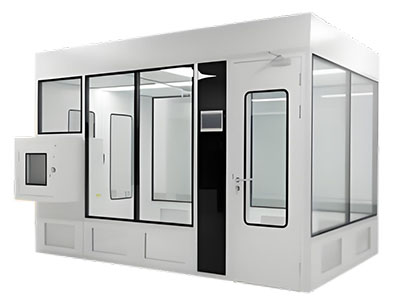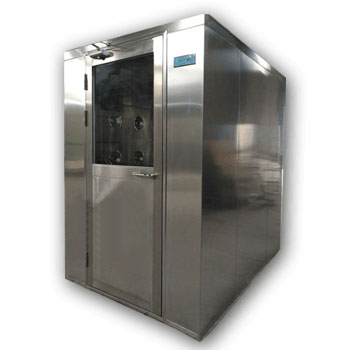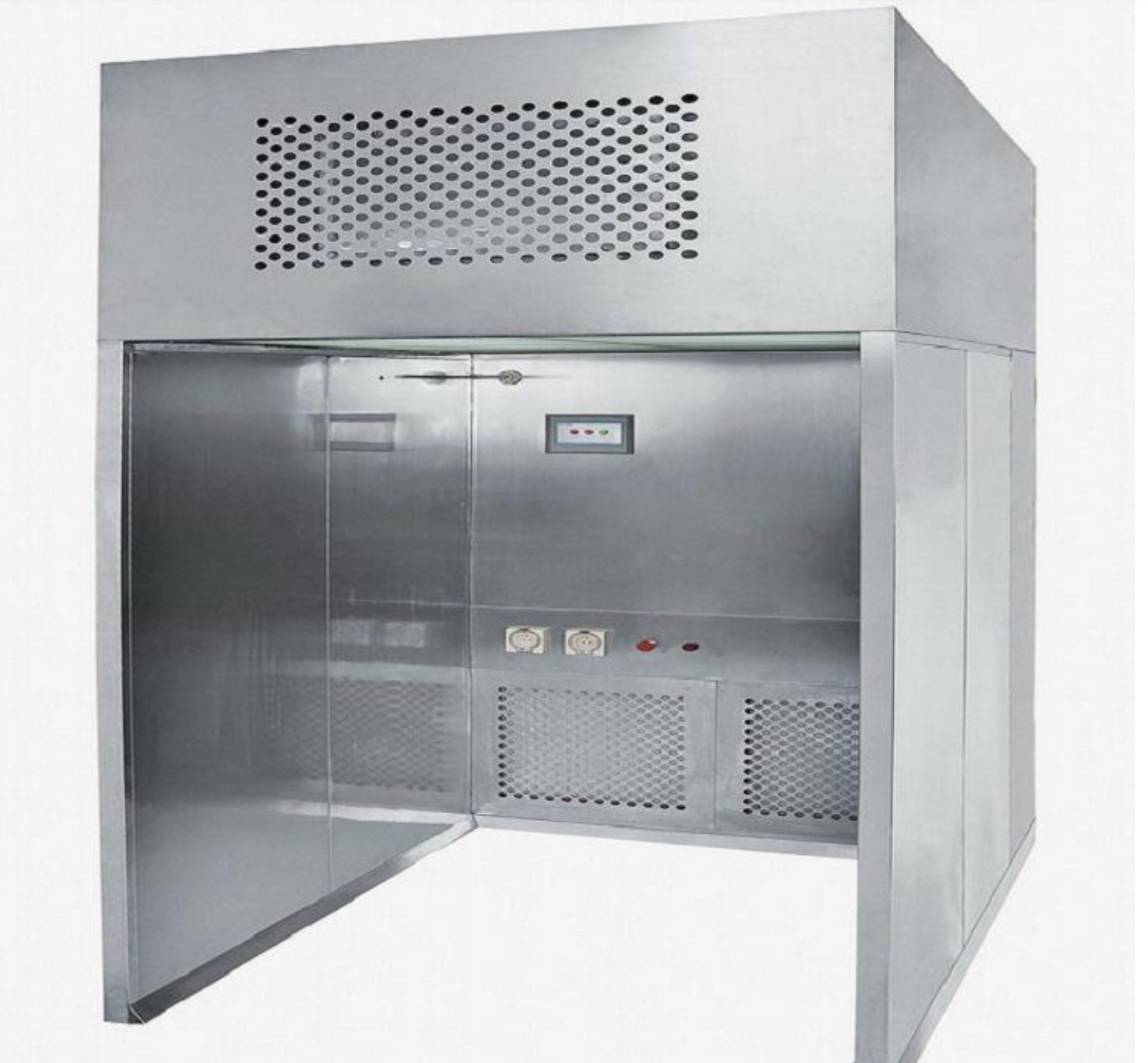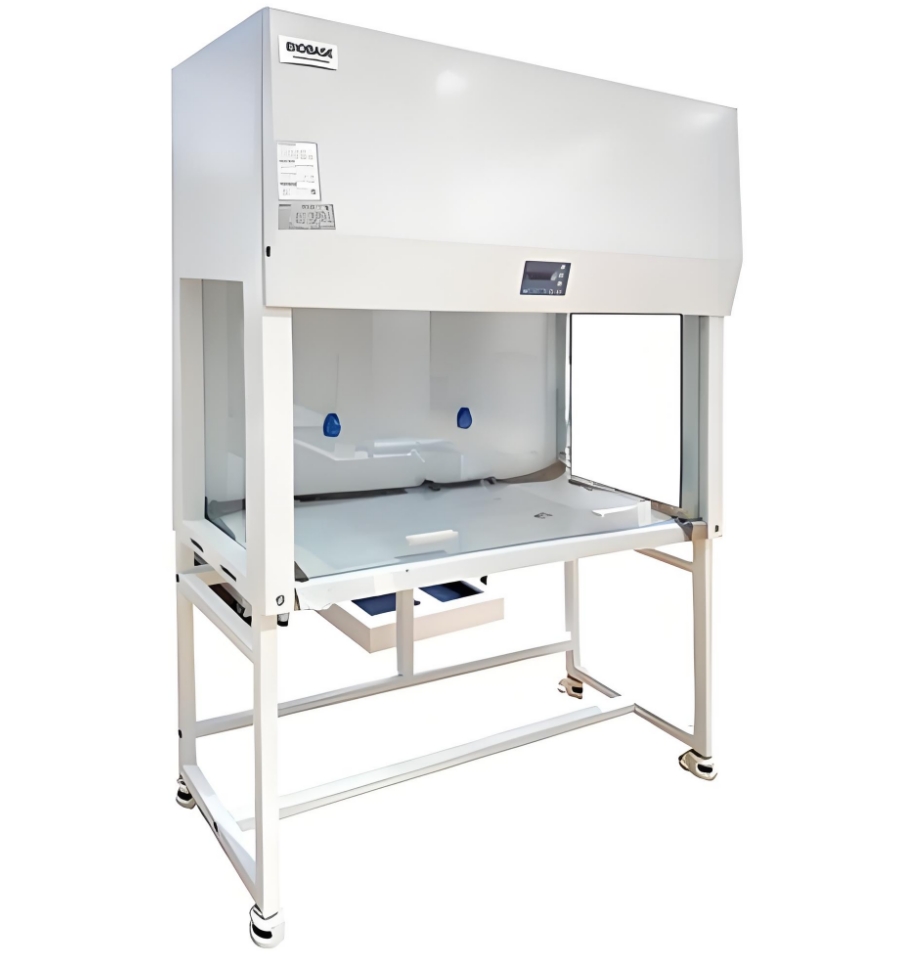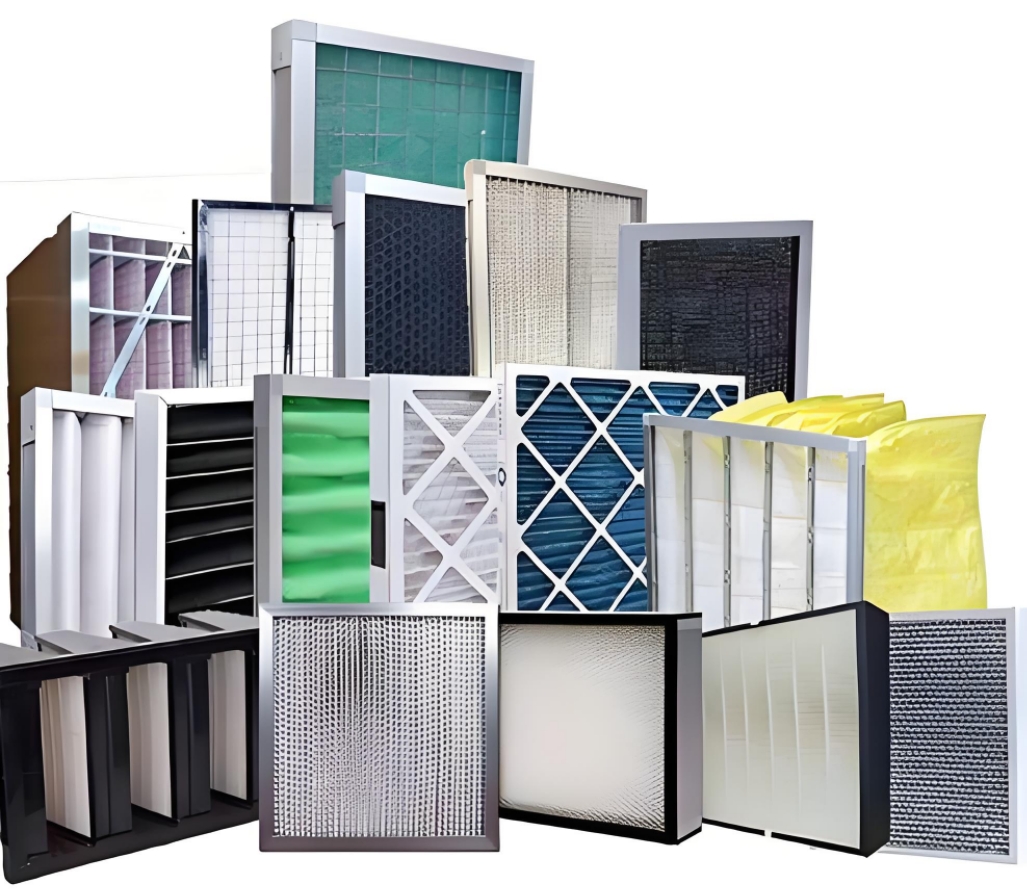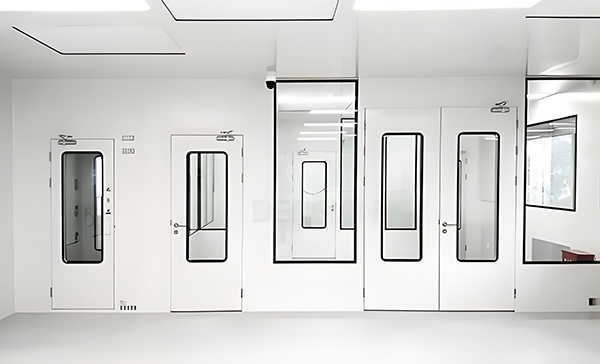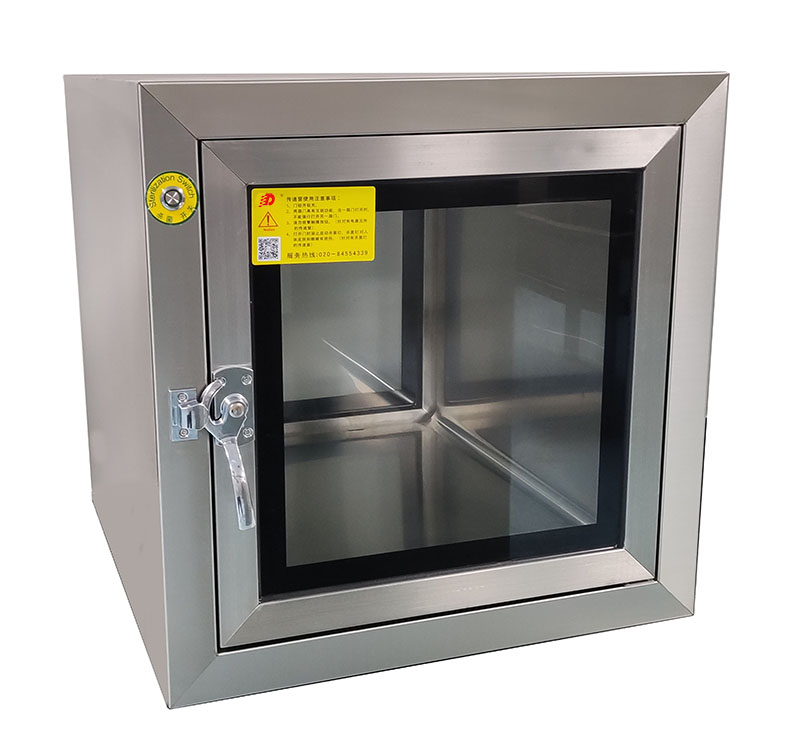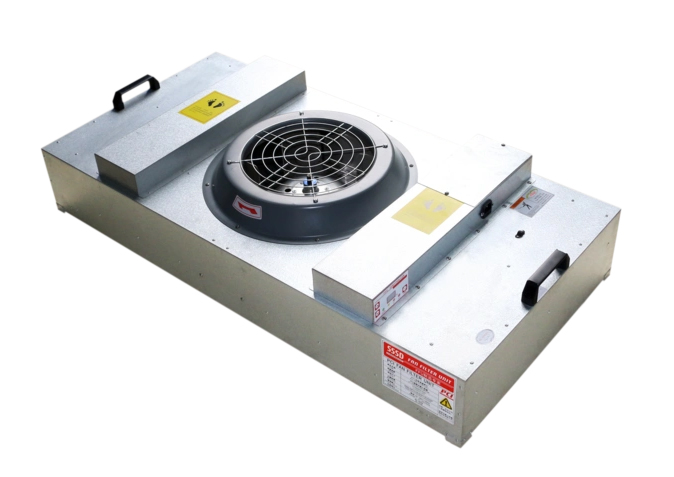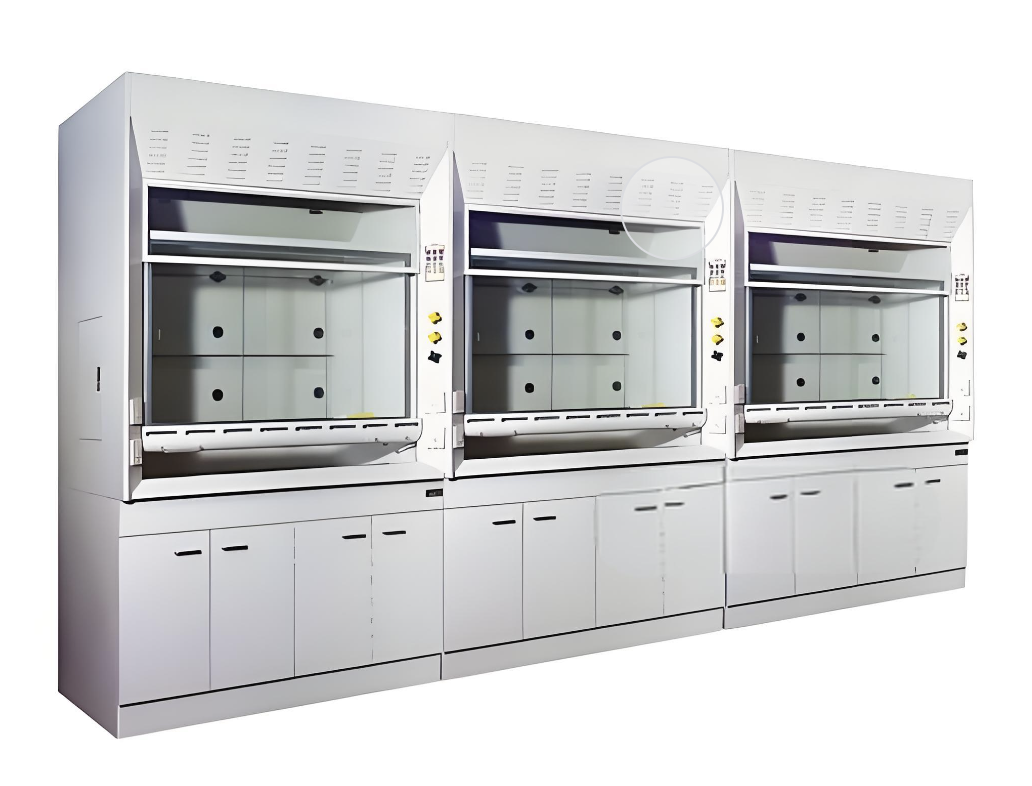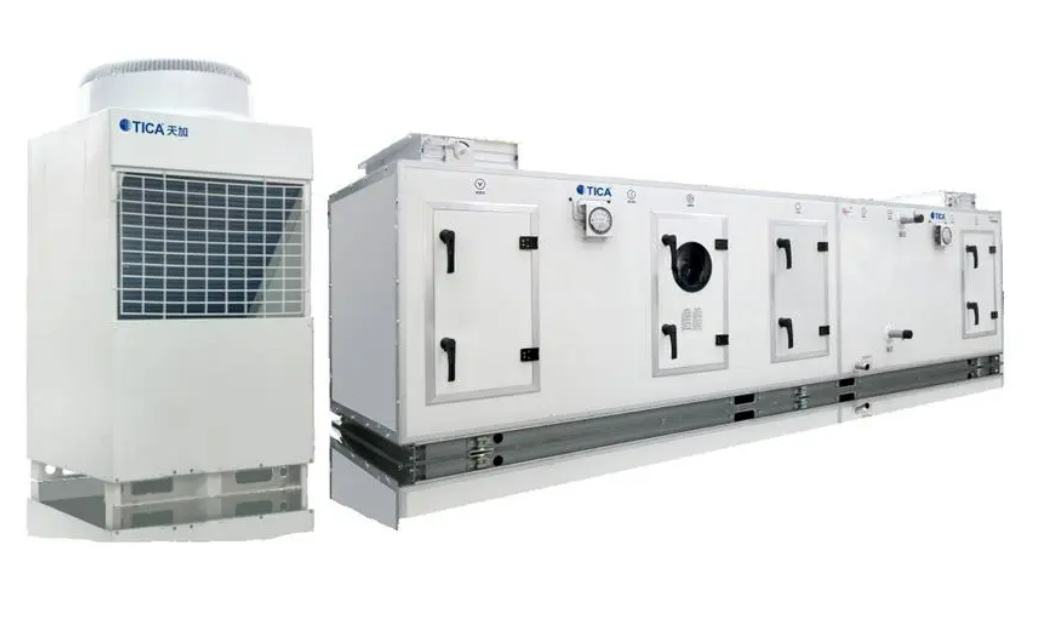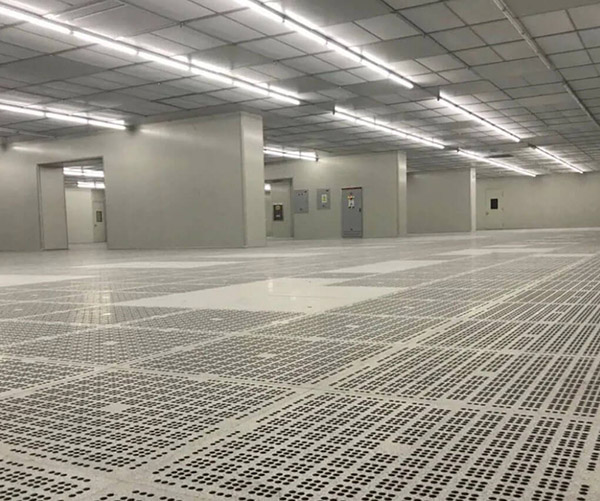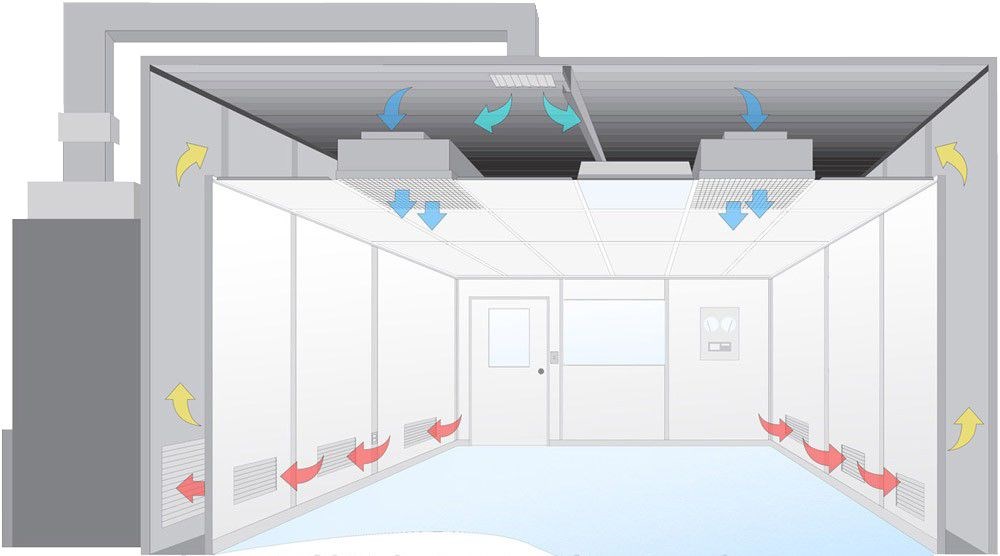1. Personnel management
In various maintenance and management work, personnel management is the most important, because people are the main dust source of clean rooms. Foreign countries have very strict regulations on the management of clean room staff, and the following two points should be paid attention to:
1. Personnel who are not allowed to Enter the clean room
① Those with sunburn, peeling, trauma, inflammation, and pruritus on the skin.
② Those who have allergic reactions to chemical fibers and chemical solvents.
③ Those with severe hand sweating.
④ Those with a lot of nasal discharge.
⑤Those who lose their scalp and hair too much.
⑥ Those with colds, coughs, and sneezes.
⑦ Those who have the habit of scratching their heads, picking their noses, touching their faces, and rubbing their skin.
⑧ Those who do not wash off cosmetics, nail polish and clean work clothes as required.
⑨ Those who sweat just after strenuous exercise.
⑩ Those who do not smoke or drink for more than 30 minutes.
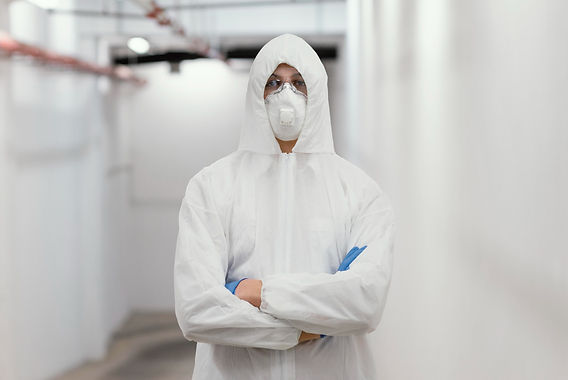
Figure 1: Clean room personnel management
2. Matters to be noted in daily life
① Try to take a shower every day, change clothes, wash your hair frequently, and keep your body clean.
② Men try to shave every day.
③ Wash your hands frequently, cut your nails, and apply moisturizer after washing your hands to prevent your skin from drying out.
④ Move gently in the clean room.
⑤ Smoking and eating are not allowed in the clean room.
⑥ Wear gloves or finger cots as needed in the clean room.
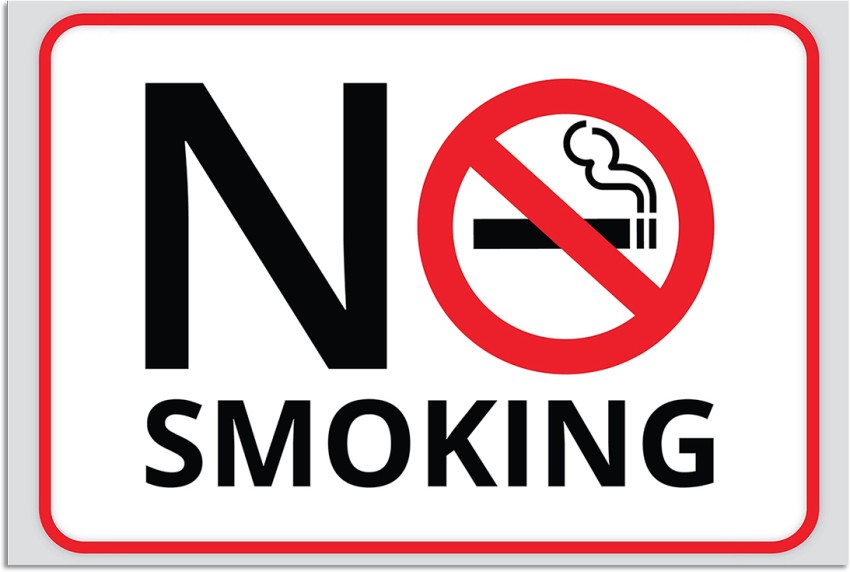
Figure 2: No smoking
2. Entry and exit system
1. Items not allowed to be brought into the clean room
- ① All items that have not been cleaned as required.
- ② Paper and pen.
- ③ All personal items including keys, watches, handkerchiefs, notebooks, etc.
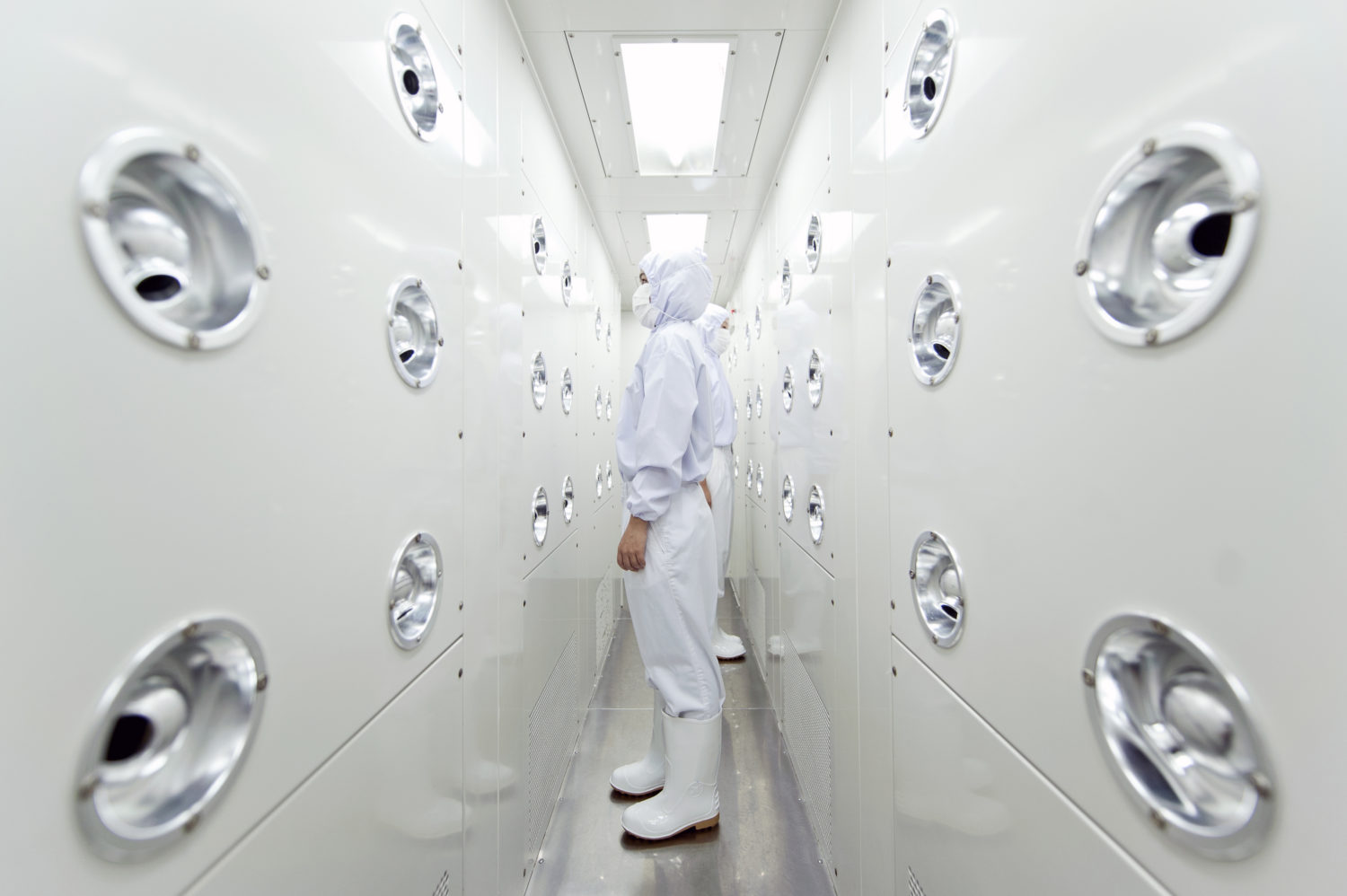
Figure 3: Air shower
3. Selection and management of tools and equipment
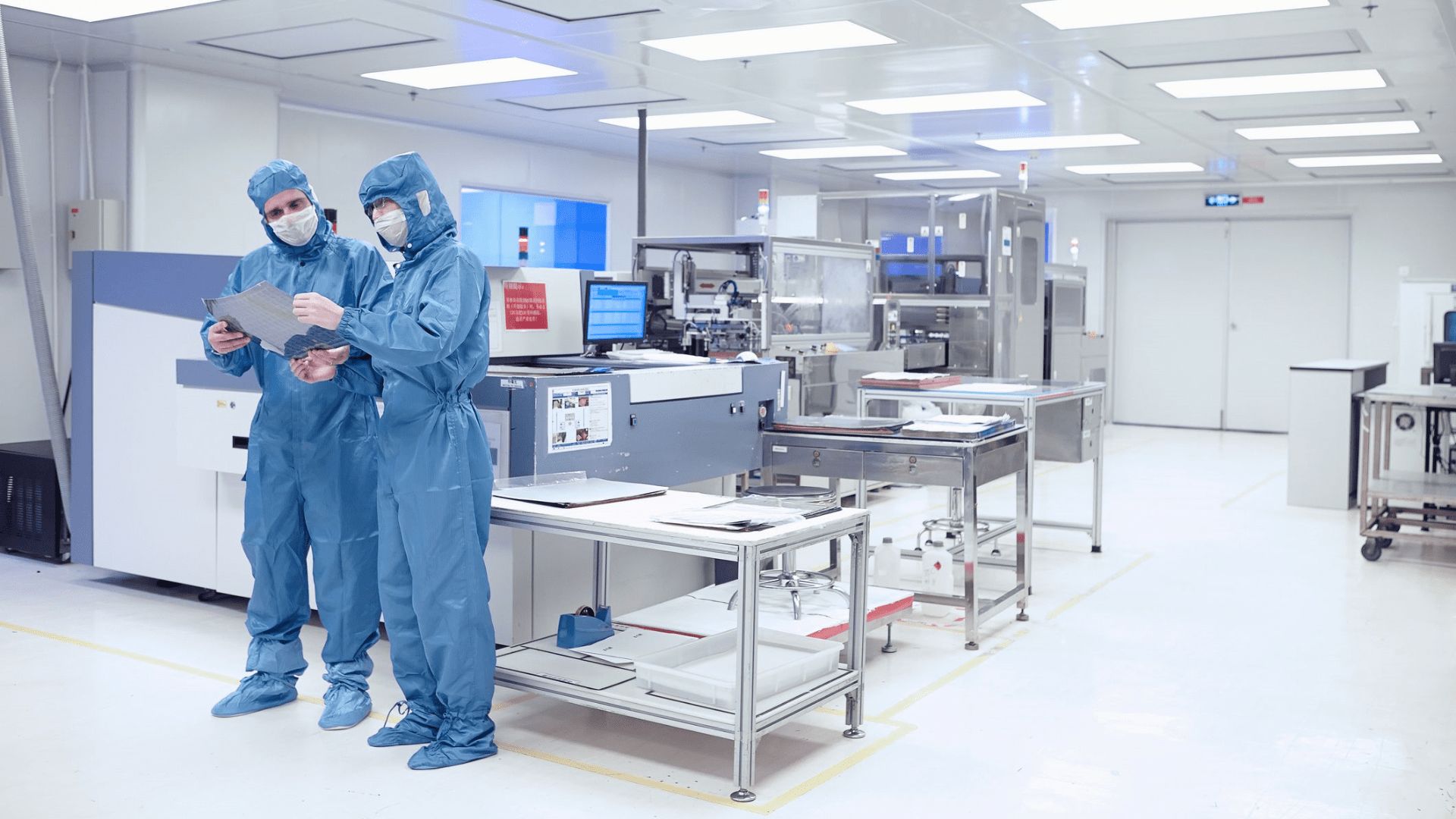
Figure 4: clean room equipment
4. Hygiene and safety

Figure 5: Clean room hygiene and safety
5. Clean clothes and their management
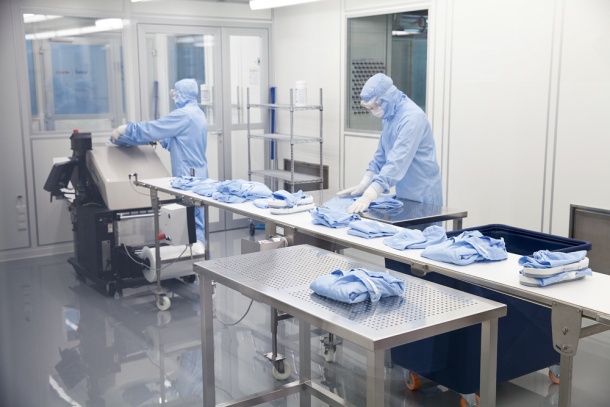
Figure 6: Cleanroom clean clothes
6. Daily monitoring system
There should be a dedicated person responsible for the daily supervision and inspection of the main parameters of the clean room.
7. Handling of sudden pollution accidents
In addition to monitoring the clean room at ordinary times, sometimes we have to deal with sudden pollution accidents.
8. Establish records
The implementation of the above systems should be reflected in the handover, that is, a record system should be established.
 +86 18186671616
+86 18186671616 Jason@cleanroomequips.com
Jason@cleanroomequips.com
 MENU
MENU

